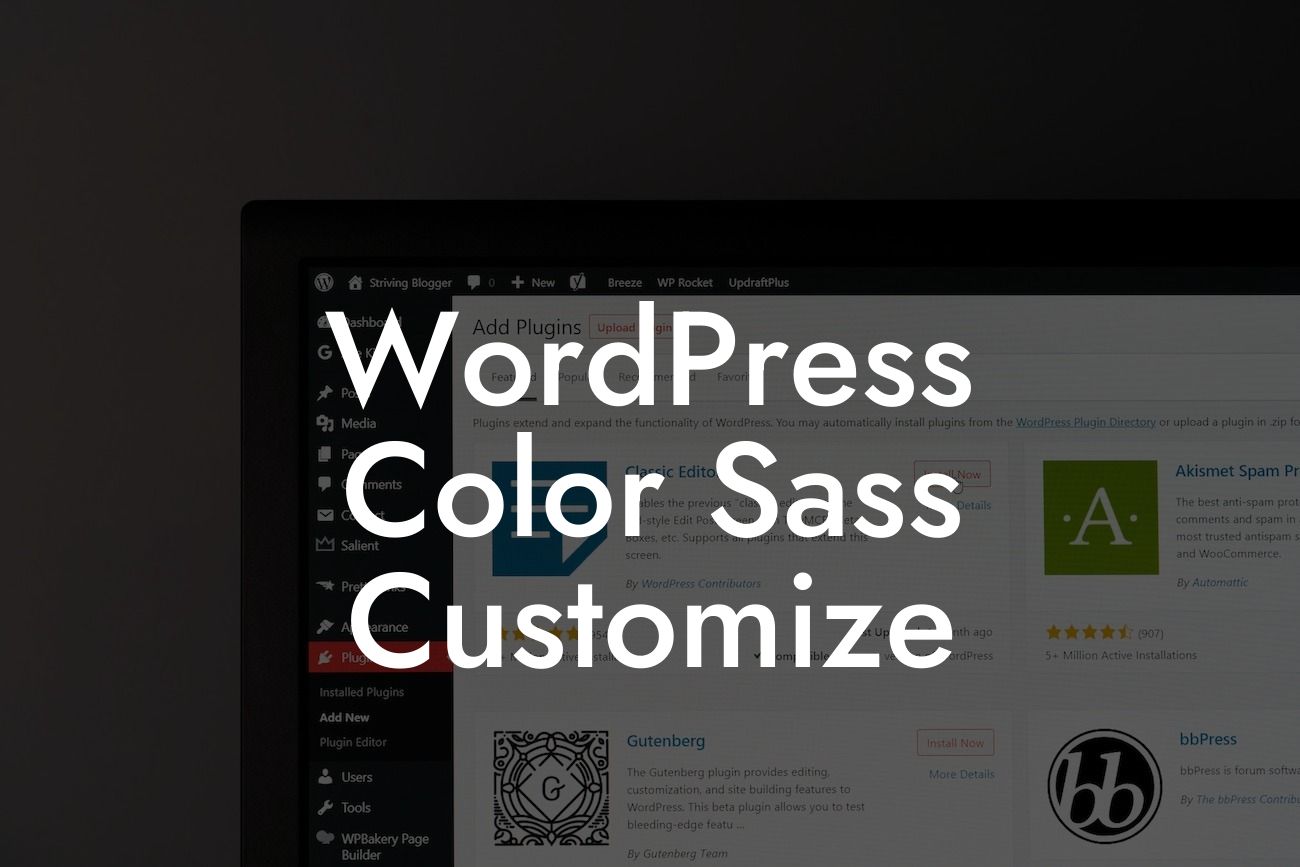Are you tired of the same old cookie-cutter color schemes on your WordPress website? Do you want to create a unique and visually stunning online presence that truly represents your brand? Look no further! In this article, we'll show you how to effectively use Sass to customize the colors of your WordPress website. Say goodbye to generic designs and hello to a personalized and engaging website that will captivate your audience.
With the rise of WordPress as a powerful website-building platform, customization options have become more accessible and flexible. Using Sass (Syntactically Awesome Style Sheets), you can easily modify the colors of your website without the need for complex coding. Sass simplifies the process by enabling variable-based color management.
To begin, you'll need to have Sass installed on your system. Once set up, you can start customizing your website by modifying the Sass variables for colors. With Sass, you can define your primary, secondary, and accent colors, making it easier to maintain consistency throughout your website.
Using suitable H2 and H3 headings, let's dive further into the steps for effectively customizing your WordPress website using Sass:
1. Install Sass and set up your project: Give a brief overview of how to install Sass and create a new Sass project to begin customizing the colors of your WordPress website.
Looking For a Custom QuickBook Integration?
2. Define your primary color scheme: Explain the importance of choosing a primary color scheme that complements your brand identity. Provide examples of different primary color schemes and demonstrate how to modify your Sass variables accordingly.
3. Customize secondary colors: Showcase the significance of secondary colors in enhancing the overall visual appeal of your website. Discuss various approaches to choosing secondary colors and walk readers through the process of implementing them using Sass.
4. Highlight accent colors: Discuss the role of accent colors in adding a touch of uniqueness and guiding user attention on your website. Show how to define and apply accent colors in Sass, providing real-world examples.
5. Practical tips and best practices: Share expert tips to ensure a smooth and successful color customization process. Include best practices to maintain consistency, choose complementary colors, and create a visually appealing user experience.
Wordpress Color Sass Customize Example:
Imagine you're a small business owner running an online clothing store. By customizing your WordPress website's colors using Sass, you can align it with your brand's aesthetics. Use your primary color scheme to reflect your brand logo and product packaging. Introduce secondary colors to enhance category pages, while accent colors draw attention to specific products or promotions. With a well-customized color scheme, you create a cohesive and visually appealing online store that encourages conversions and brand loyalty.
Congratulations! You've unlocked the power of WordPress color customization using Sass. Now, go ahead and implement these techniques to create a unique online presence that truly represents your brand. Explore other guides on DamnWoo to supercharge your website and stay ahead of the competition. Don't forget to try one of our awesome WordPress plugins tailored exclusively for small businesses and entrepreneurs. Share this article with your friends and colleagues to help them elevate their online presence too. Happy customizing!













